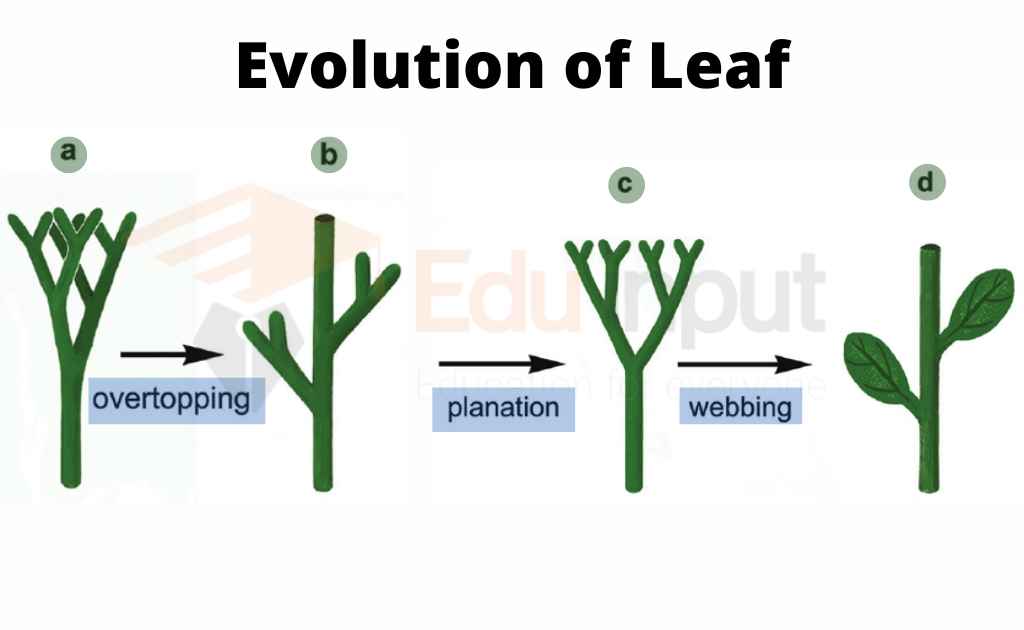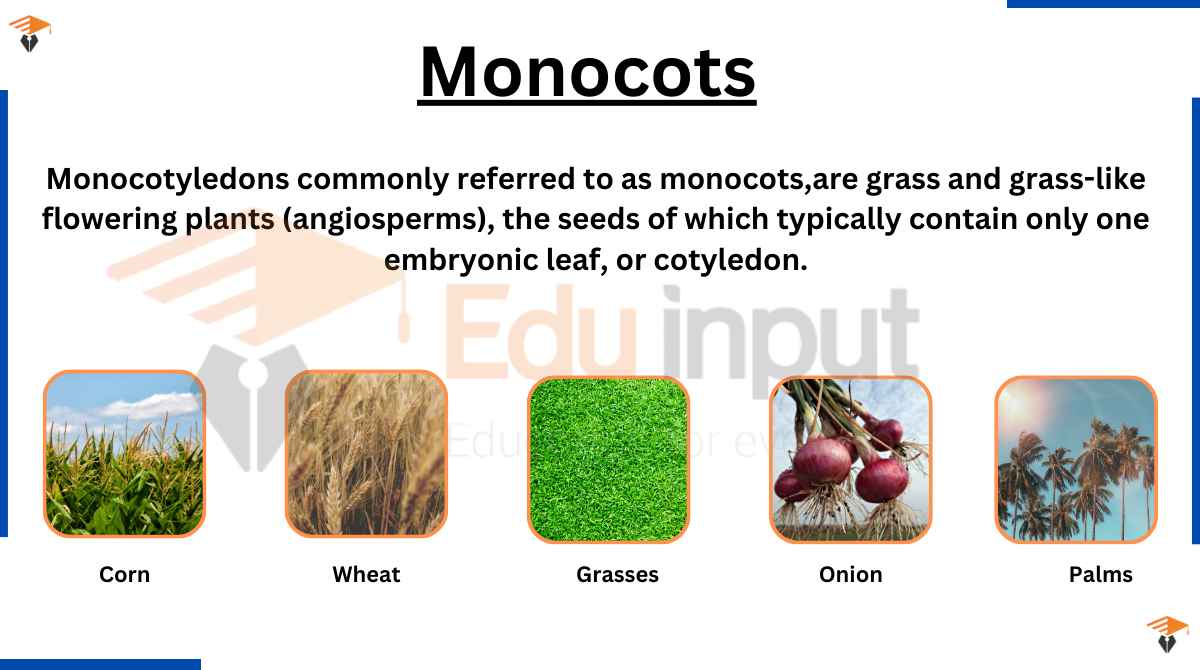What are Bryophytes?-Occurrence, General Structure and Life Cycle
Bryophytes are small, seedless plants that lack complex tissue organization. They include mosses, hornworts, and liverworts. Bryophytes are widely distributed and show great diversity in form and ecology. Bryophytes are a group of non-vascular plants that lack roots or vascular tissue. Instead, they absorb water and nutrients from the air through their surface, such as their leaves. Mosses, liverworts, and hornworts are all types of bryophytes.
Occurrence Of Bryophytes
There are three main types of terrestrial plants- bryophytes, pteridophytes, and spermatophytes. Bryophytes are distinguished by their lack of vascular tissue and their dependence on moist habitats for reproduction. They are the smallest and simplest of terrestrial plants but can be found in nearly every corner of the world in a variety of climates.
General Structure Of Bryophytes
Bryophytes are without a vascular system, gametophyte dominant, sporophyte attached to gametophyte, and homosporous.
Bryophytes show the following characteristics.
1. Bryophytes are the first land plant.
2. They evolved from green algae.
3. They are poorly adapted for life on land. So they are present only in damp shady places.
4. Conducting and strengthening tissues (xylem and phloem) are absent in bryophytes 5. The tramp of water, minerals, prepared food, and substances takes place by diffusion
6. The plant body is with or without a cuticle. Some bryophytes have a very thin layer of cuticle.
7. Water is absorbed by the general surface of the plants.
8. The bryophytes cannot live without water. So they are also called amphibious plants. They need water for their reproduction.
9. The gametophyte is dominant in them and the sporophyte is attached to the gametophyte.
10. Sex organs in bryophytes are antheridia and archegonia.
Life Cycle of Bryophytes
Br plants show regular alternation of generations. These generations are heteromorphic The gametophyte and sporophyte generations having different shapes and structures are called heteromorphic.
Gametophyte
The gamete-producing generation is called gametophyte. It is the haploid, dominant, and free-living generation in bryophytes. There are two body forms of gametophytes in bryophytes.
a) It may be thallus as in many liverworts.
b) It is differentiated into structures resembling stems, leaves, and rhizoids. Rhizoids are absorbing and anchoring (fixing) organs example mosses and some liverworts. The spore-producing generation is called the sporophyte.
Sporophyte
1. It is a less conspicuous generation in bryophytes. It partially or completely depends on the gametophyte for its nutrition.
2. The sporophyte generally consists of the foot, seta, and capsule.
3. The sporophyte is diploid (2n). It produces haploid spores by meiosis in sporangia (capsule). These spores are of one kind. So sporophyte of bryophyte is homo-sporous.
4. The spores germinate to produce gametophytes. It is also haploid.

 written by
written by 



Leave a Reply